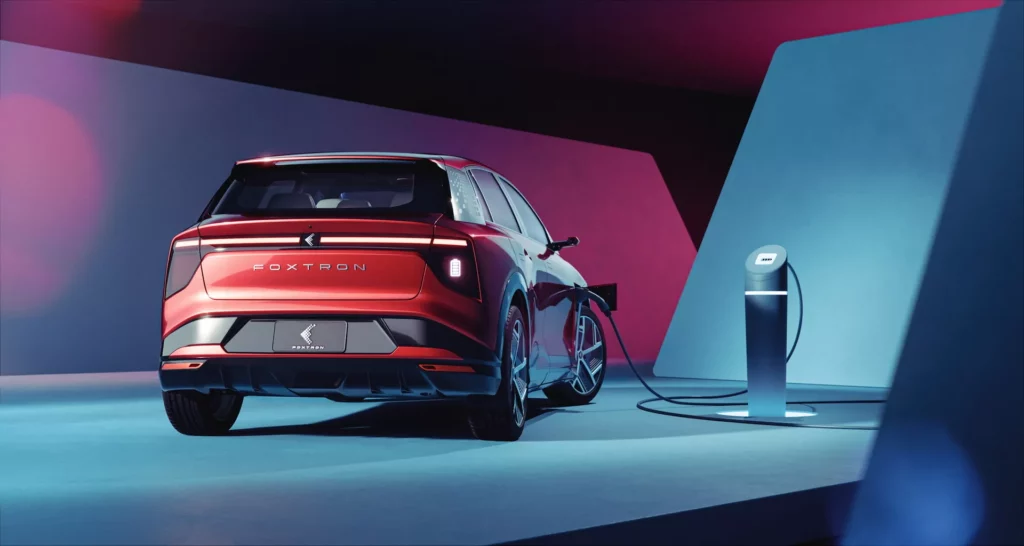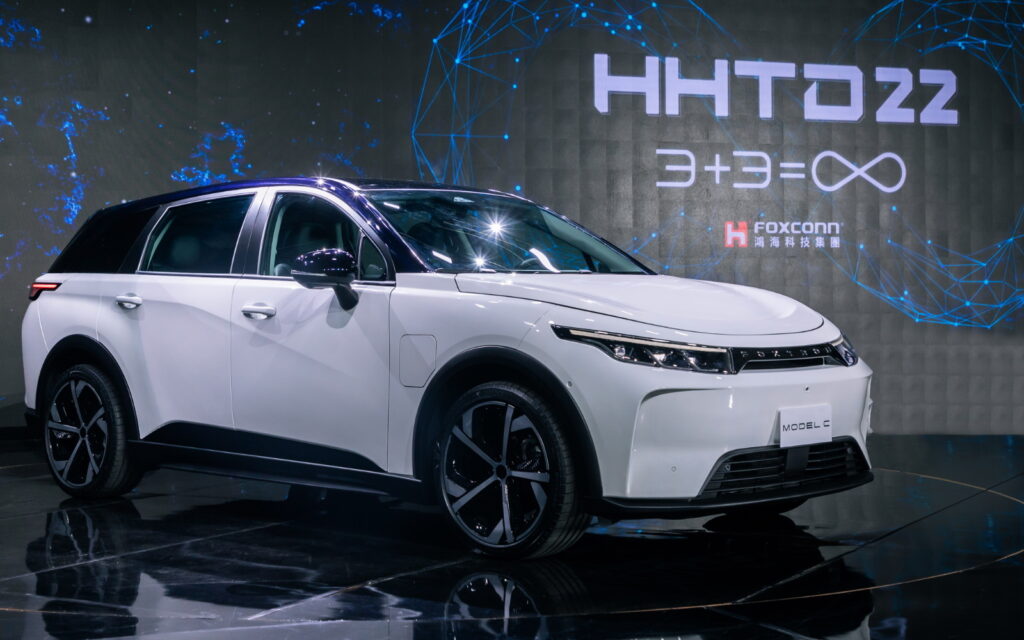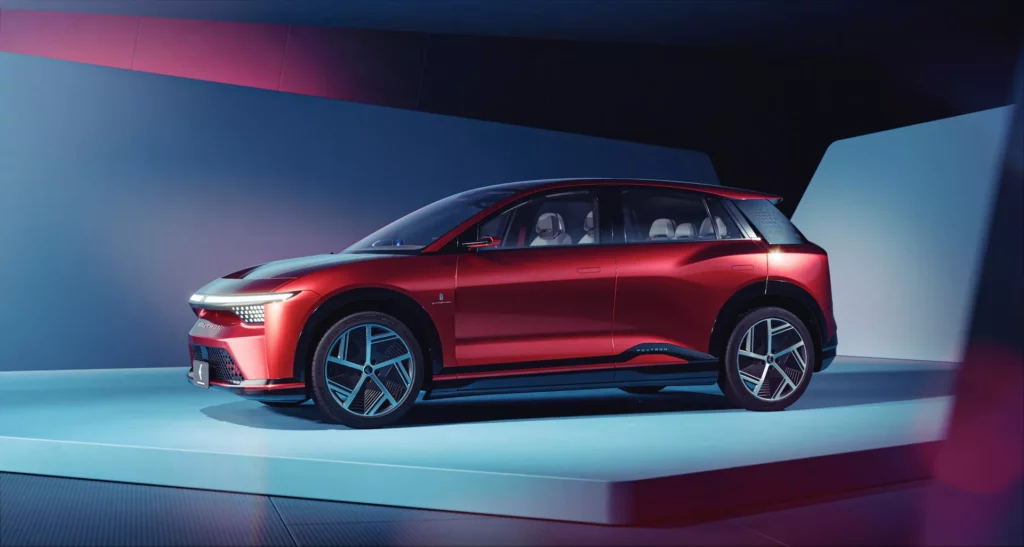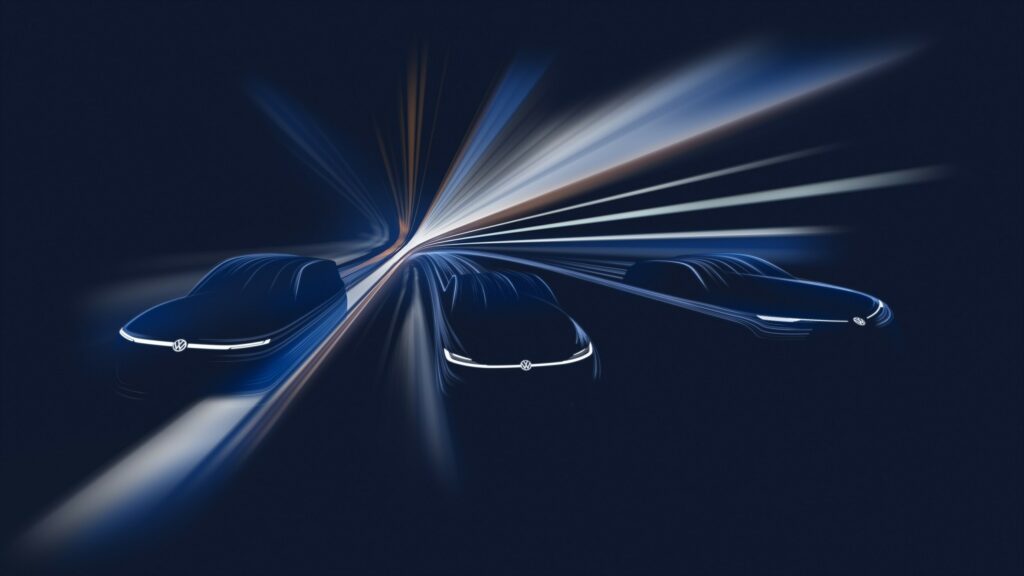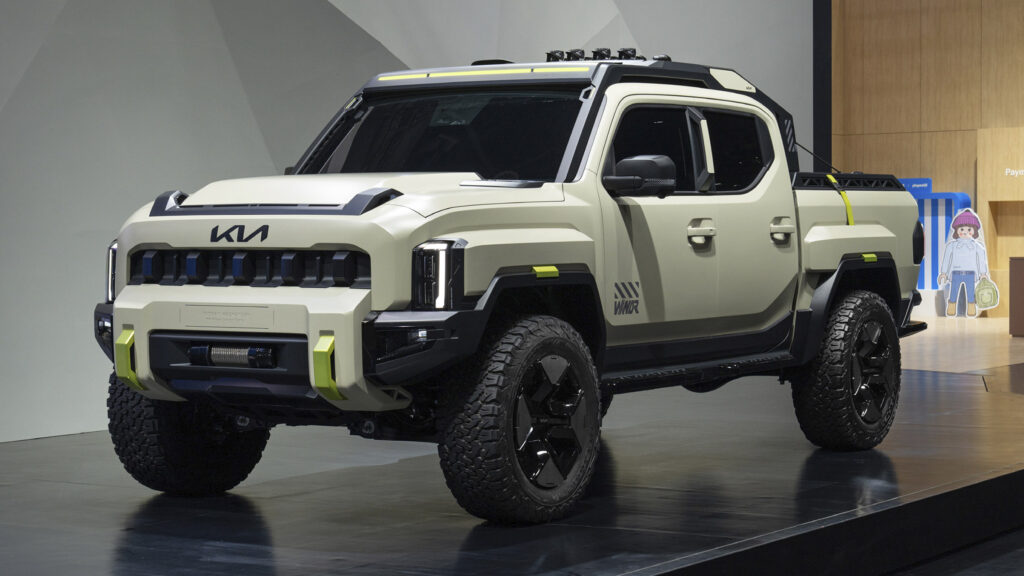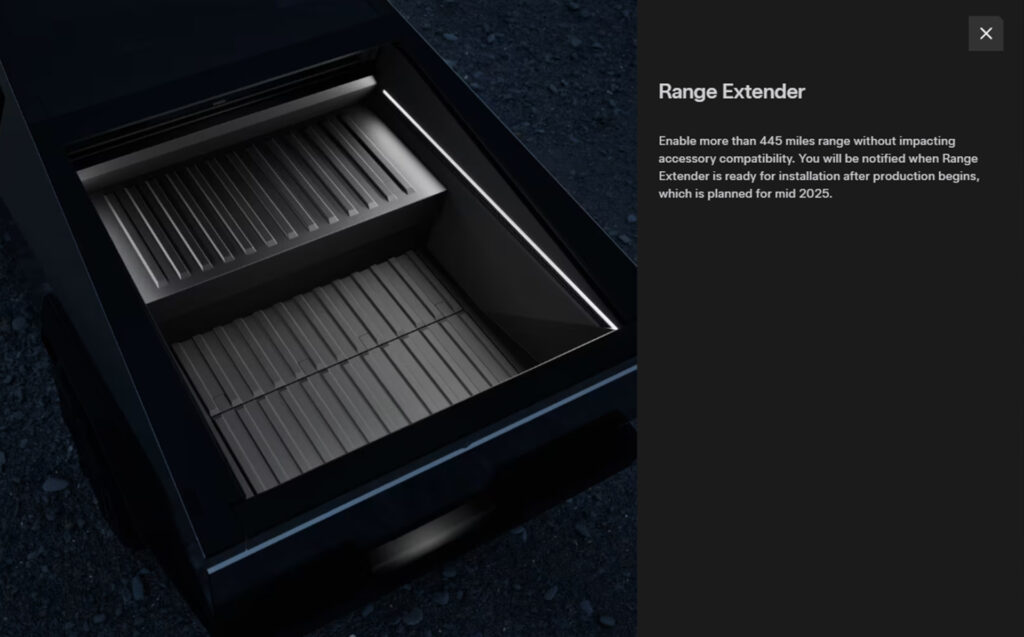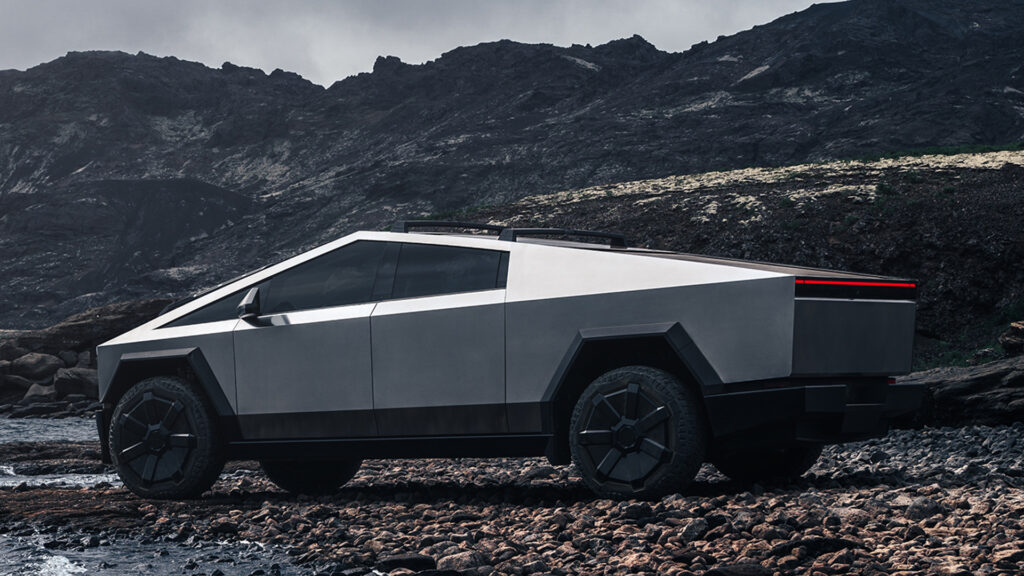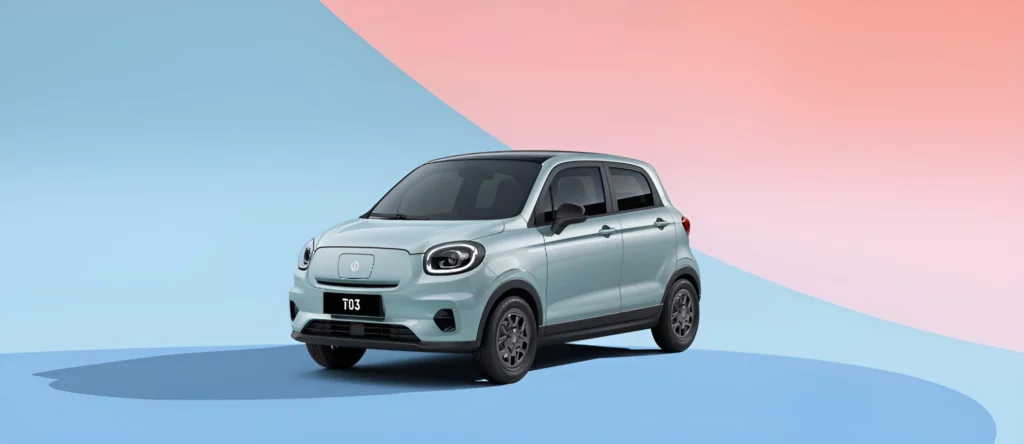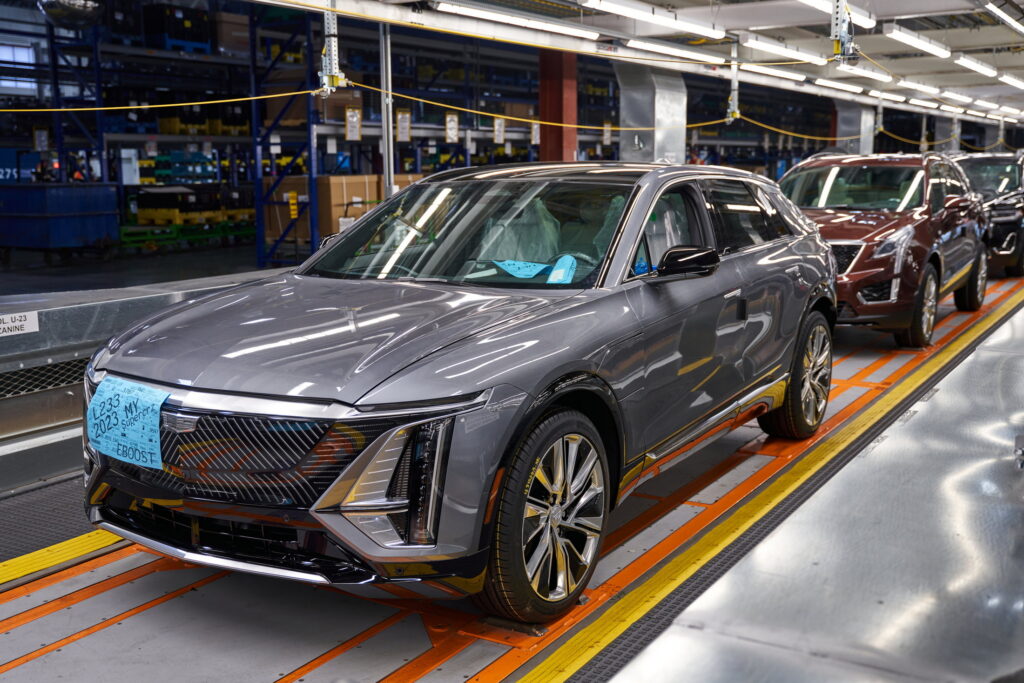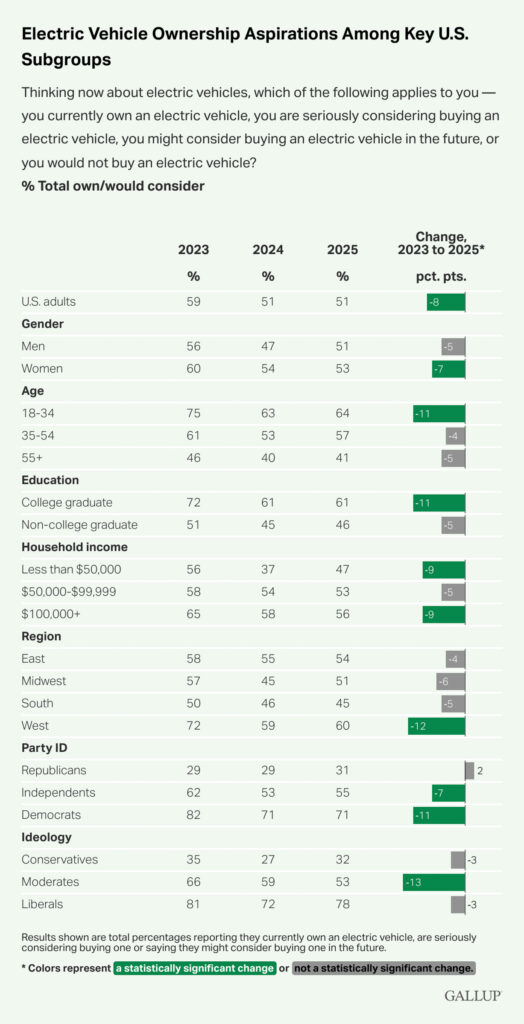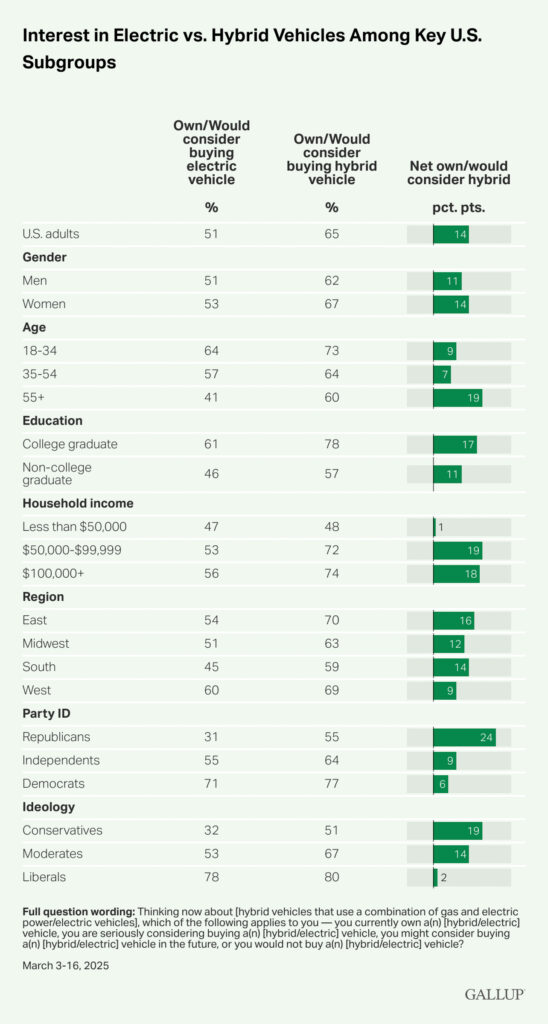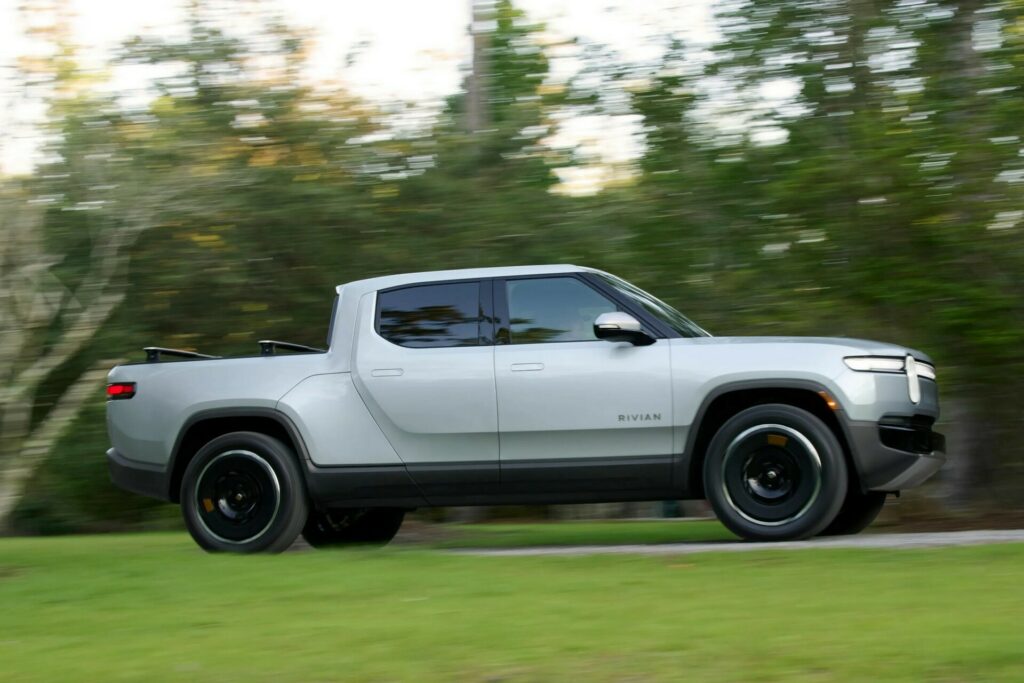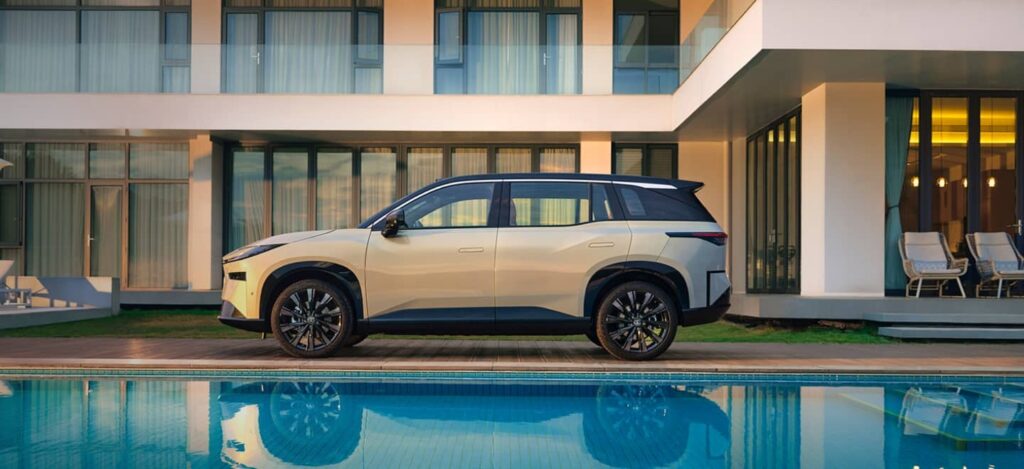BYD Slam-Dunks Rivals With New EVs That Get Up To 1,100 HP, Top-Up In 20 Minutes, And Start At $30K
- The BYD Han L has an 83.2 kWh Blade battery while the Tang L has a 100.5 kWh pack.
- Both models are underpinned by an advanced 1000-volt electrical architecture.
- Buyers can top up their EVs in record time when using BYD’s 1,000 kW ultra-fast charger.
BYD has launched a pair of new EVs in China underpinned by its innovative new Super e-Platform. Although BYD seems to release a new EV every other week, the Han L sedan and Tang L SUV are particularly significant because they promise charging times almost on par with filling up an ICE-engined car with gas. If the automaker’s charging speed claims are accurate, the Han L and Tang L could solve one of the last remaining headaches of EV ownership.
The Super e-Platform is a 1000-volt architecture and was only announced back in March. In the case of the Han L sedan, all versions of it use an 83.2 kWh Blade battery, while the Tang L has a larger 100.5 kWh pack. According to BYD, the Han L can charge from 10-70% in just 6 minutes. Yes, that’s not a typo: six minutes. It can also gain 248 miles (400 km) of range in five minutes and takes just 20 minutes to charge the battery from 0-100%.
Read: BYD’s New 1,000 kW EVs Fill Up As Fast As Gas Cars
The Tang L EV also benefits from stupendous charging speeds. It can get 230 miles (370 km) over range in 5 minutes and needs just 30 minutes to charge from 0-100%. Admittedly, these charging speeds can only be achieved when using one of BYD’s new 1,000 kW fast chargers that were also unveiled in March. The company wants to install 4,000 of these chargers across China, but has not provided a timeline of when they’ll be available.
BYD Tang L
Prices for the Tang L start at 219,800 yuan (~$30,000) for the LiDAR Premium model and increase to 239,800 yuan or (~$32,700) for the LiDAR Flagship. Both of these versions have a 671 hp and 310 lb-ft (420 Nm) electric motor driving the rear wheels and can travel up to 436 miles (701 km) on a single charge. Those seeking even more performance can opt for the AWD LiDAR Flagship for 279,800 yuan (~$38,100). It has dual electric motors with 778 hp and 373 miles (601 km) of CLTC range.
Three versions of the BYD Tang L have also been announced, and prices vary between 229,800 yuan (~$31,200) and 289,900 yuan (~$39,400). It easily outmuscles the sedan, with the base rear-wheel drive packing 788 hp and the dual-motor AWD version rated at 1,100 hp. Depending on the specification, local media quotes driving ranges between 348 miles (560 km) and 416 miles (670 km).

